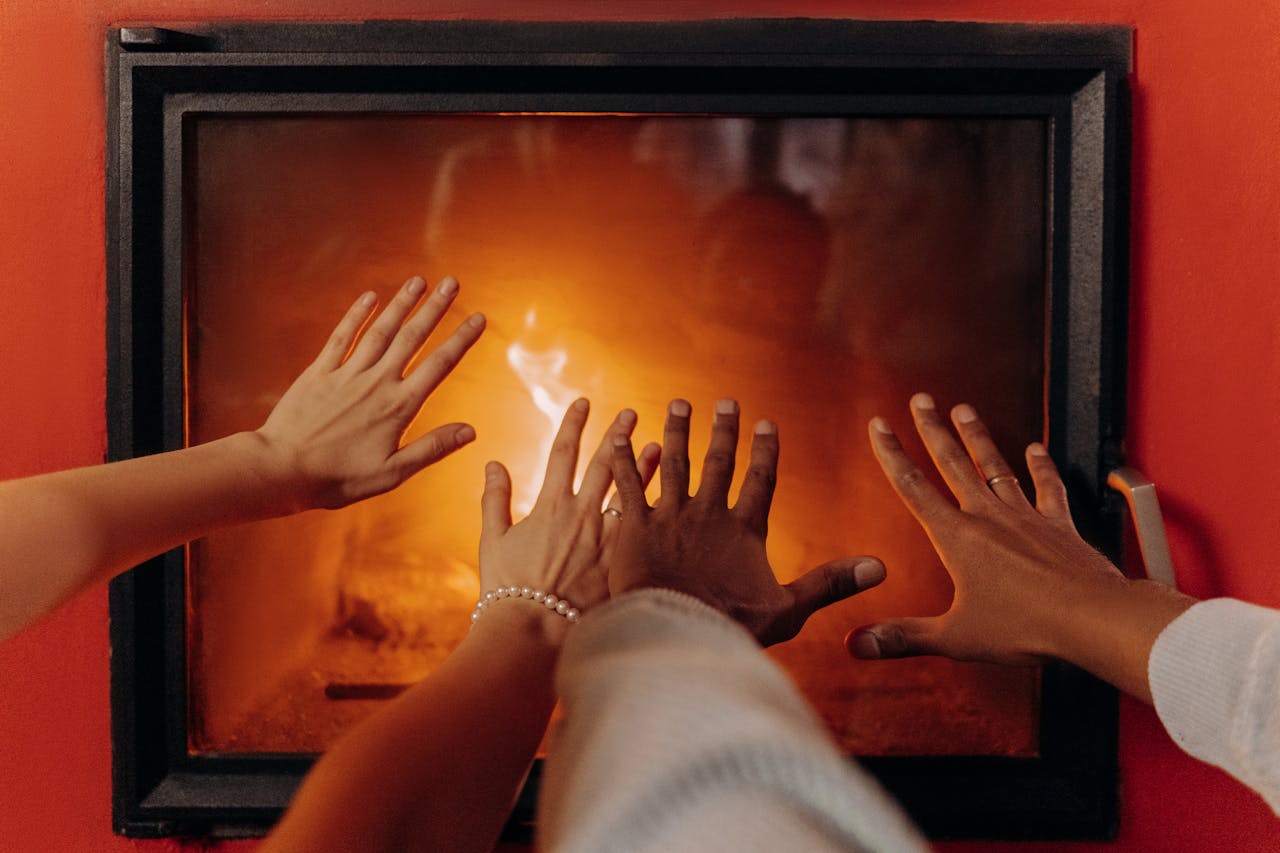Finding the Right Heating Option for Your House: A Full Guide
When the colder months arrive, having the right heating system in place can make all the difference in your comfort and energy bills. Homeowners today have a variety of choices, each with its own advantages and considerations. From traditional furnaces to modern heat pumps, radiant floor heating, and energy-efficient alternatives, understanding the options is key to making the right decision for your household. The best choice depends on budget and on the size of your home, local climate, and your long-term energy goals. This guide explores the main heating systems available and what you should consider when deciding which one suits your needs best.

Central Heating Systems
Furnaces and boilers remain two of the most common heating systems found in homes. A furnace, one of the great heating solutions for homes, works by blowing heated air through ducts and into rooms via registers, while boilers distribute hot water or steam through radiators or underfloor piping. Furnaces are often fueled by natural gas, propane, or electricity, making them adaptable to different regions and utility costs. Boilers tend to provide more even heat and are particularly popular in older homes or in colder climates where continuous, steady warmth is needed. The main considerations when choosing between the two include installation costs, energy source availability, and the efficiency ratings that can significantly impact monthly heating bills.
Electric Heating Options
Electric heating systems come in many forms, ranging from baseboard heaters to wall-mounted panels and portable units. They are relatively inexpensive to install and are an attractive choice for smaller homes, apartments, or specific rooms that need supplemental heating. Electric systems are easy to control, often with individual thermostats, allowing for targeted heating in certain areas. The main drawback is operating cost, as electricity rates are typically higher compared to natural gas or other fuels. Still, in regions where electricity is produced from renewable sources or where natural gas is not readily available, electric heating can provide a clean and effective option for maintaining a warm home.
Heat Pumps for Energy Efficiency
Heat pumps have gained popularity as a modern, energy-efficient option. Unlike furnaces that generate heat, heat pumps transfer warmth from the outside air or ground into your home, making them highly efficient in moderate climates. Air-source heat pumps are widely available and relatively easy to install, while geothermal models, though more costly upfront, use underground temperatures for consistent heating and long-term savings. Technological advancements have improved the ability of heat pumps to function even in colder regions. For homeowners seeking to reduce their carbon footprint and lower their reliance on fossil fuels, heat pumps represent an appealing solution when paired with renewable energy sources like solar panels.
Radiant and Underfloor Heating Systems
Radiant heating provides warmth from the ground up, creating a consistent and comfortable indoor climate. This system involves installing heating elements or hot water tubes beneath floors, walls, or even ceilings. Radiant floor heating is particularly favored for its even distribution of heat, eliminating cold spots and reducing the circulation of allergens compared to forced-air systems. It works well with a variety of flooring types, though installation is usually easiest in new builds or during major renovations. While the upfront costs can be high, radiant systems often result in lower operating costs and increased comfort, making them a luxurious but practical choice for those planning long-term home improvements.
Considering Climate and Home Size
When choosing a heating system, climate and home size are two of the most important factors to weigh. Larger homes often benefit from centralized systems like furnaces or boilers, which can evenly distribute heat across multiple rooms. Smaller residences or apartments may find electric or ductless mini-split systems more practical. Climate plays an equally crucial role: heat pumps work exceptionally well in milder areas, while radiant or boiler systems may be better suited for places with harsh winters. Evaluating local weather patterns, insulation quality, and the age of your home ensures that the chosen heating option will provide comfort and operate efficiently throughout the season.
Balancing Costs and Long-Term Efficiency
Budget considerations often guide heating decisions, but it is important to think beyond initial installation expenses. While furnaces and electric heaters may have lower upfront costs, they can lead to higher utility bills, depending on fuel prices. Heat pumps and radiant heating often require a greater investment initially, but may result in significant savings in the long run through energy efficiency and reduced maintenance needs. Government incentives and rebates for energy-efficient systems can further offset costs.

Choosing the right heating option for your house involves understanding your home's unique needs, climate conditions, and budget goals. From traditional systems like furnaces and boilers to modern solutions such as heat pumps and radiant floors, each option carries its own set of advantages. Evaluating energy efficiency, installation costs, and long-term comfort ensures you invest in a system that works for your lifestyle. With the right approach, you can keep your home warm and inviting while managing costs and energy use responsibly.
Published 8/26/25